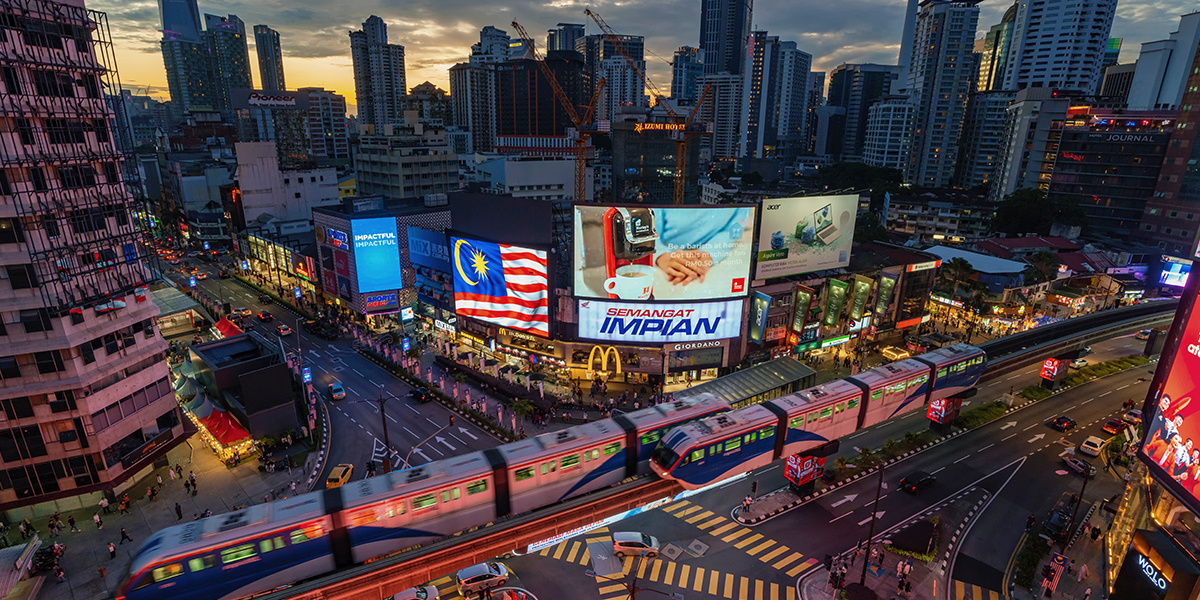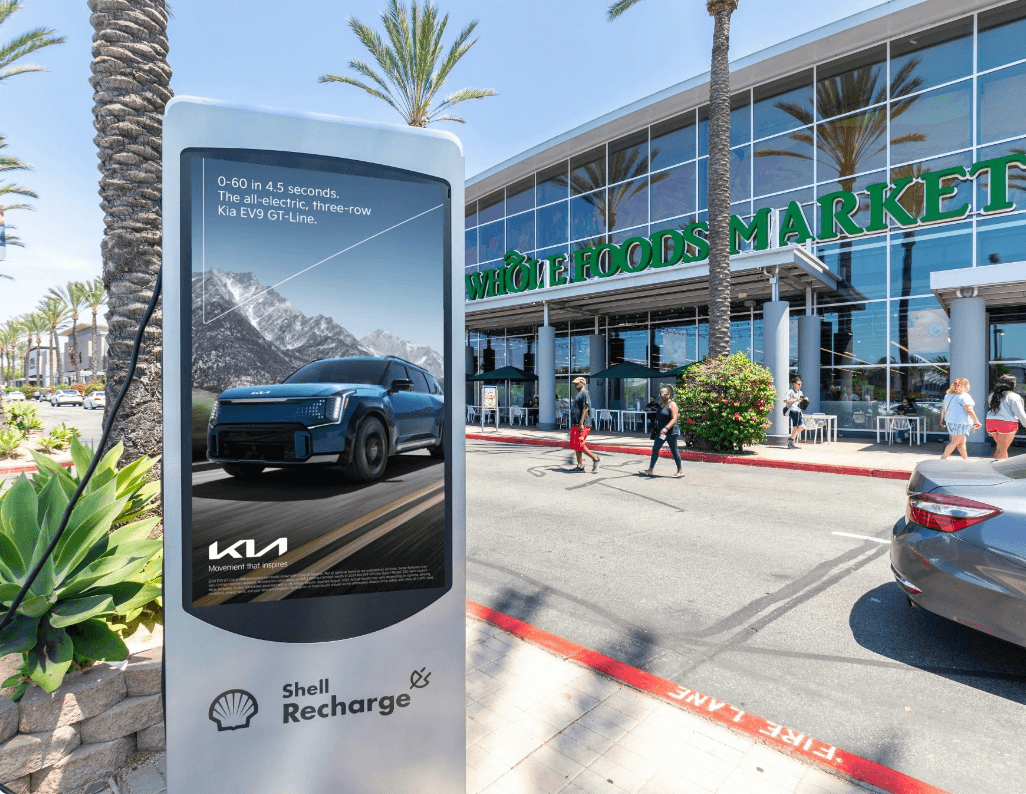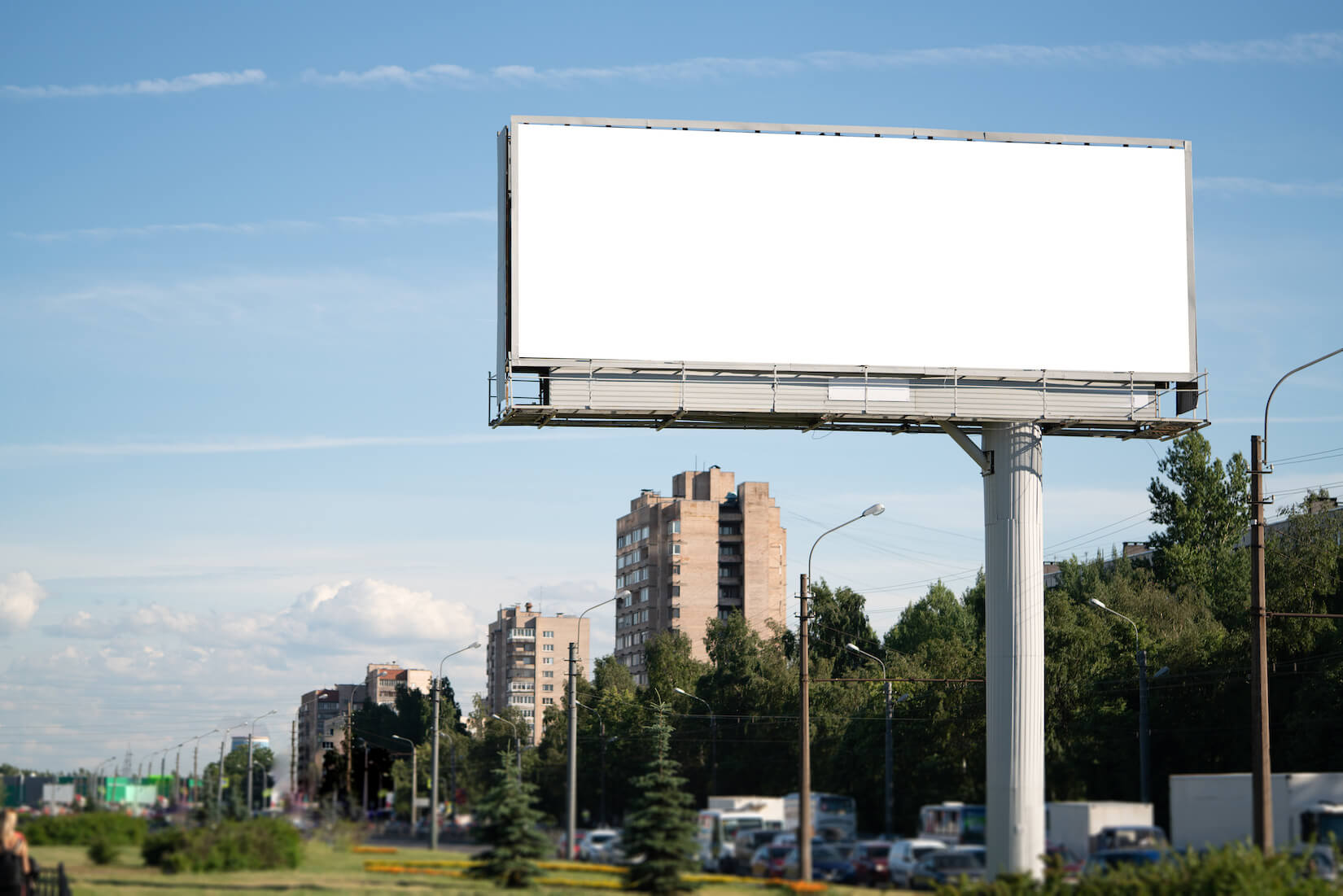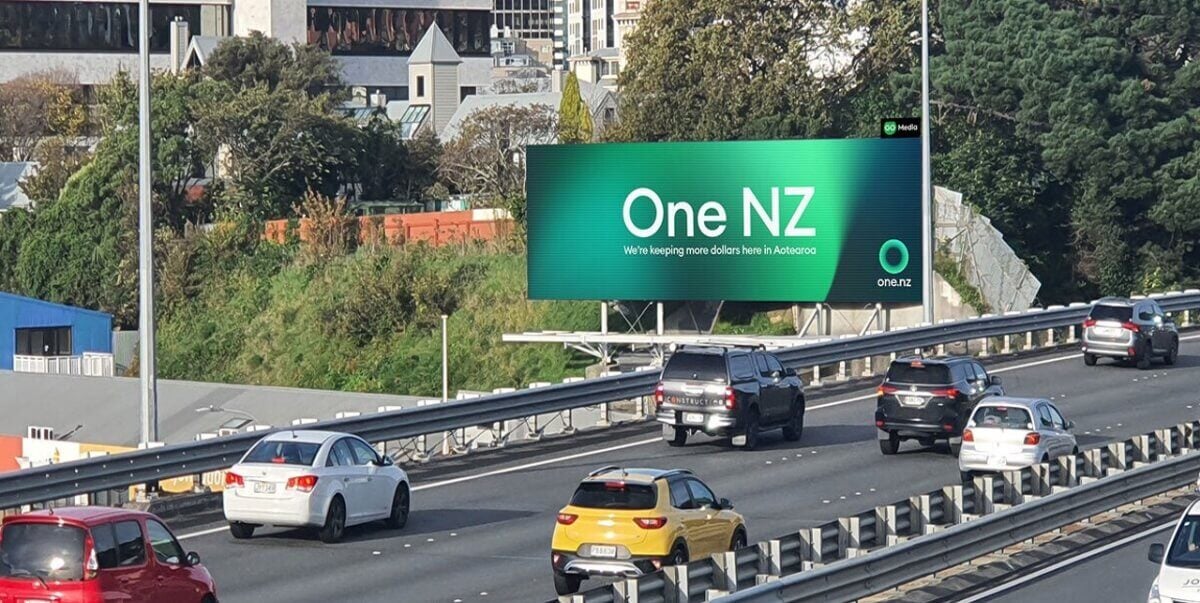
This blog is an excerpt from the special edition report, Programmatic Out-of-Home: What APAC Marketers Need to Know.
There’s a big debate around programmatic digital out-of-home (DOOH) concerning what it can deliver, how this connects through the marketing funnel and how it enhances omnichannel plans from advertisers across different categories. Given the emerging nature of the medium and data-driven, creative capabilities available to marketers, it’s not surprising that advertisers and agencies have some big questions. Here, we look to answer them.
What data can I deploy through DOOH?
Data can be used in a variety of ways to create highly relevant and impactful campaigns. Programmatic brings in the prospect of using first-party data combined with GPS information to reach people with messages throughout the day. Third-party data, such as recent purchases or app install data, can also be introduced in order to build and target audiences in the physical world. Weather data can be used to trigger ad displays in certain conditions or to change the content of ad messages dynamically. Location data can be used for precise point-of-interest targeting. As you can see, there are a myriad of ways data can inform OOH today.
What are the new opportunities in terms of locations and formats?
We’re witnessing a rise in new inventory coming online programmatically across the APAC region, particularly in markets newer to the space. For instance, in Thailand Vistar Media has partnered with Up Media to bring programmatic DOOH to a network of over 2,000 locations including office buildings and residential apartments. Airport inventory is opening up, programmatic DOOH is available across the region at major hubs including Hong Kong and Singapore, and advertisers will also see the emergence of the retail media category. This involves a shift from screens in malls to screens in stores and programmatic plays a significant role in integrating inventory across multiple retailers into one seamless media buy.
How do I know programmatic OOH isn’t just remnant inventory?
All media owners have a guaranteed minimum of supply allocated to programmatic. This means that both inventory bought direct and programmatically is of exactly the same quality.

How challenging are programmatic OOH campaigns to plan and execute?
The ability to consolidate all media owners into one platform allows for a simplified and more efficient way to plan and buy without the need to brief multiple media owners for the one campaign. Vistar Media’s DSP planning tool is purpose-built for DOOH and ease-of-use.
ROI and measurement are important. What’s available here?
The wide range of powerful measurement options available for DOOH allows advertisers to calculate the impact of a campaign. Solutions available include brand study to keep track of awareness, consideration, purchase intent, and brand favorability. Foot traffic tracking provides detail on traffic lift and store visits. Online conversation statistics deliver insight into site-level activity, email registrations, web conversions, and in-app behaviour. Sales lift measurement gauges incremental sales, market penetration, and sales rates by market and product.

How does programmatic provide new creative opportunities for brands?
DOOH becomes very meaningful and impactful when…
-
Context is taken into account
A DOOH ad could run on a wide variety of screens — all of which can have an impact on the audience viewing an ad and how they perceive the products being shown. From health-conscious consumers viewing an ad on a gym TV to upscale shoppers seeing an ad inside a luxury mall, knowing who will most likely see an ad and where they will be when they do allows advertisers to build targeted messages into their creative that are supported by the ad’s physical surroundings. -
Branding and logos leap out of the screen
The fleeting nature of DOOH ads means that consumers may only see a few seconds of an ad, which means advertisers should be generous with logos and branding if they want to make the best impression. Integrating branding into the copy and visuals of a DOOH ad, using heavyweight fonts and placing the logo at the top of the creative will all help a brand stand out. -
Colours are vibrant and bold
The effect of a specific color largely depends on the colours surrounding a DOOH ad — making it critically important to consider the physical environment in which a DOOH ad will run to ensure that the most effective match is selected within the creative. Product imagery is optimised: Human brains process images 60,000 times faster than text. This is why (especially in low dwell time venues), including an image or visual can help advertisers convey their message quicker and strengthen the association between their brand and a product or service. -
Video and animation are used to win audience attention
To avoid viewers missing key information, adapt the type of motion based on the average dwell time. For short dwell time venues like certain urban panels, consider partial motion creatives (limited motion graphics on a static image). For venues with longer dwell times like bus shelters or gym TV screens, think about adding video.



